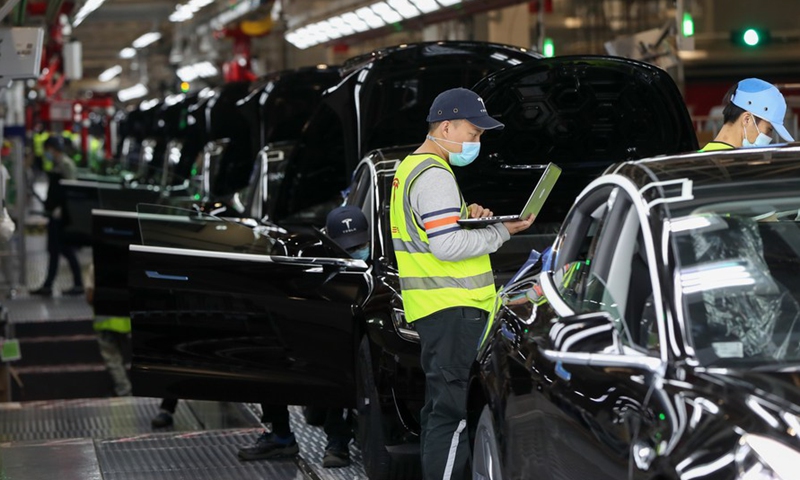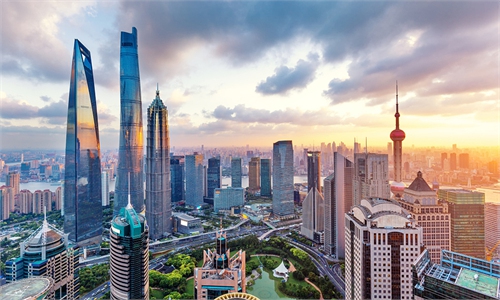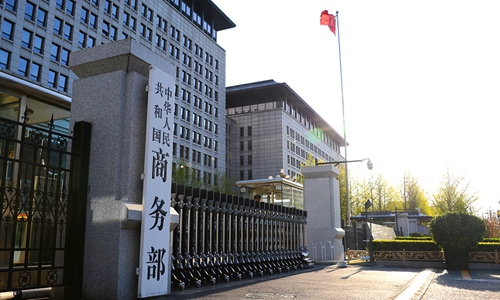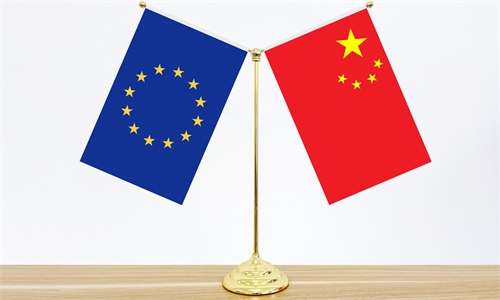Top economic planner issues multi-pronged measures to boost foreign investment in China

Employees work at the Tesla Gigafactory in Shanghai, east China, Nov. 20, 2020. Photo:Xinhua
The National Development and Reform Commission (NDRC), China's top economic planner, issued a series of measures to facilitate the implementation of foreign-invested projects on Tuesday, with emphasis placed on the manufacturing sector.
Along with five other ministries, the NDRC issued a series of 15 measures to boost foreign investment, ensure fast-tracked implementation of signed projects and enhance the quality of investment so as to boost the high-quality development of the Chinese manufacturing sector and further deepen integration into the global economy.
Measures include the implementation of a negative list approach for foreign investment, setting up designated teams to oversee the landing of signed projects, ensuring the supply of market factors such as land and trade flow, and facilitating business exchanges. The NDRC called for attracting investment by multinational companies in medical, semiconductor and chemical industries.
Foreign investment into high-end equipment, basic components and key parts, modern services, green and innovative technologies will be given priority status.
Foreign investment targeting China's central and western regions was also encouraged, according to the measures issued by the NDRC, Ministry of Commerce, Ministry of Industry and Information Technology, Ministry of Natural Resources, Ministry of Ecology and Environment and Ministry of Transport.
Under the premise of ensuring COVID-19 epidemic prevention and control, the measures called for more streamlined facilitation for international travel for foreign company executives, management, key personnel and their relatives. It urged localities to fully use existing fast-track travel channel, including further specifying standards and procedures based on local situation.
These measures were rolled out as investment is becoming an increasingly vital role in China's efforts to combat complex economic situation marked by the lingering COVID-19 epidemic and waning demand from overseas markets caused by the stagflation in the US and the EU.
According to economic data released on Monday, investment contributed a 26.7 percent share to economic growth in China in the first three quarters of 2022, while consumer spending dropped to 41.3 percent. Last year, it was around 60 percent.
China posted a better-than-expected third quarter growth rate of 3.9 percent year-on-year, with growth driven by investment into the manufacturing sector and infrastructure. For the first nine months, the world's second-largest economy grew by 3 percent.
Zhao Chenxin, a senior NDRC official, revealed at the press conference last week that China utilized 892.74 billion yuan ($124 billion) of foreign capital in the first eight months of this year, an increase of 16.4 percent year-on-year in comparable terms.
Among these investments, foreign capital in high-tech industries increased by 33.6 percent year-on-year, and the eastern, central and western regions increased by 14.3 percent, 27.6 percent and 43 percent respectively. The industrial structure and regional distribution of foreign investment continued to improve, Zhao said.



